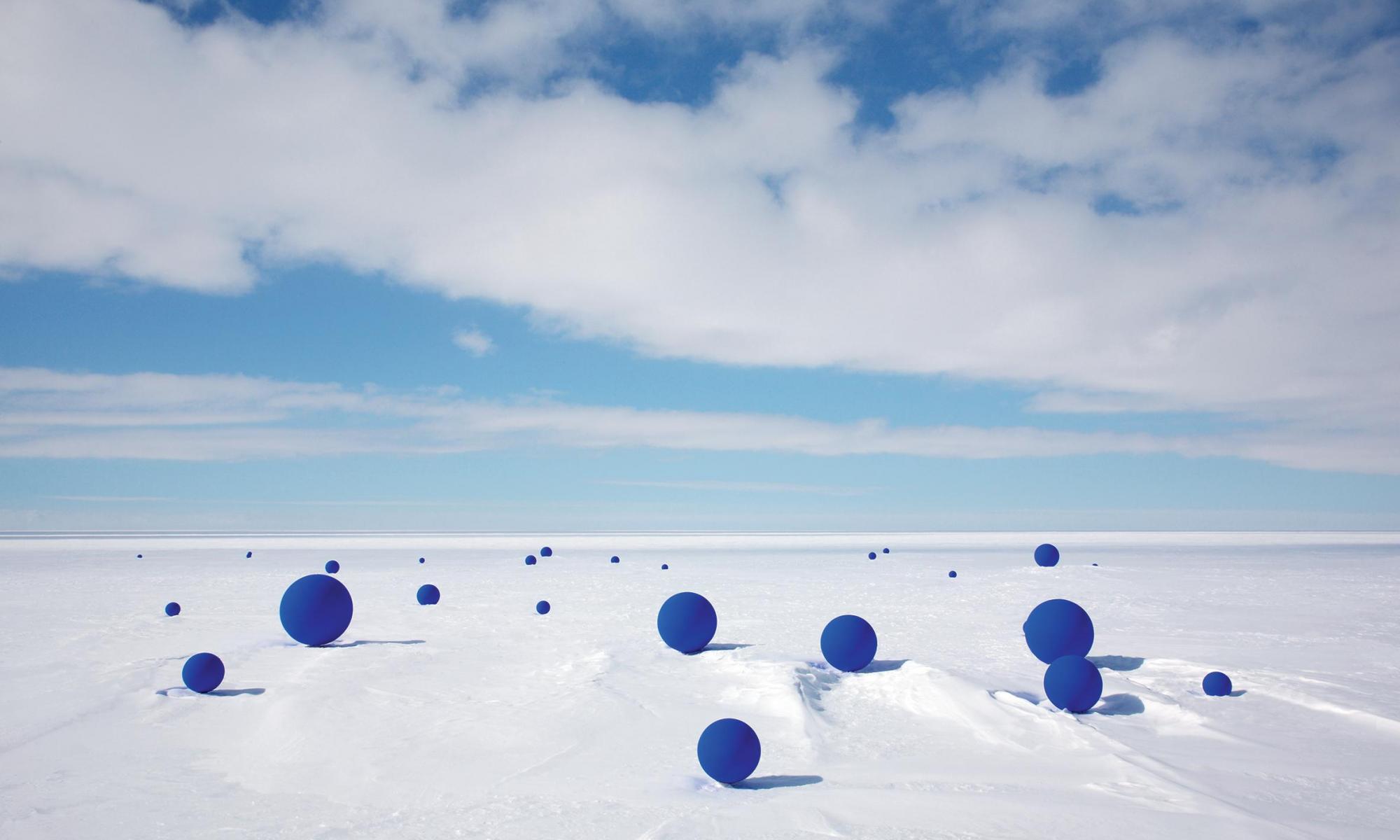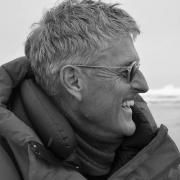At the Edge of the Natural: Scientific and Artistic Research at the South Pole
What is nature? At first pass, most of us would say ‘the living world’—and by living we mean the organic world. But we now understand that even the seemingly inorganic aspects of our planet are deeply intertwined with organic processes (the red chert rock outcrops near my home in San Francisco are the fossilised remains of billions of dead radiolaria once deposited on the ocean floor). James Lovelock’s Gaia hypothesis proposed that the entire planet is a self-regulating, organic whole. From this perspective, nature extends to the edge of the vacuum of space. There lies the current known limit of living processes. But the scientific consensus is that it doesn’t end there. Following the Copernican Principal, if life has arisen on Earth it must be widely distributed throughout the universe. Life is increasingly seen to be an inherent and emergent property of the complexity of the universe’s fundamental structure.
Image: Lita Albuquerque, Stellar Axis: Antarctica, 2006. Courtesy of the artist. Photograph: Jean de Pomereu.


